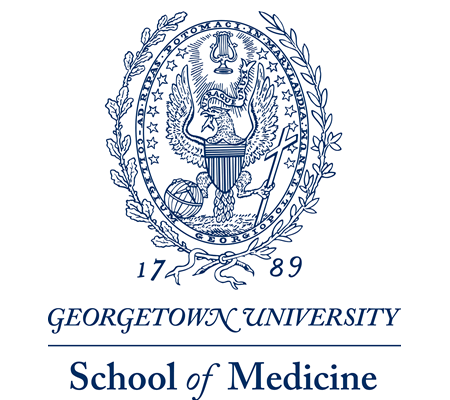November 24, 2013 at 3:53 pm · Dr. Drake · 0 comments
The George Washington University Announces Incorporation of Psychoanalysis
From James L. Griffith, MD
Chair, GWU Department of Psychiatry and Behavioral Sciences
On the evening of October 11, we will celebrate the incorporation of the Washington Center for Psychoanalysis into our George Washington University Department of Psychiatry and Behavioral Sciences as a new academic division. This is a momentous event for the WCP and our department, the fruition of negotiations that began in earnest two years ago but had been periodically discussed for over two decades. The new affiliation between the WCP and our department is the only affiliation between a psychoanalytic institute and a psychiatry department that has occurred in recent history. Na-tionally, there have been three psychoanalytic institutes embedded within departments of psychiatry at Columbia University, New York University, and Emory University. In 2003, the Menninger Institute navigated a move to Baylor University after continued existence at its longstanding Kansas home became untenable due to changes in national health care economics. Unlike the Menninger move, creation of our GW-WCP affiliation has not been driven by duress, but by the promise of new vistas for joint educational and research programs that can fulfill core missions for both.
The rarity of psychoanalytic institutes within university departments of psychiatry can perhaps be explained by the emergence during recent decades of psychopharmacology and the descriptive diagnostic systems of DSM-III, -IV, and -V as dominant forces shaping the evolution of American psychiatry. A more important question, however, is why a rapprochement of psychoanalysis with academic psychiatry makes sense now. From my perspective, three reasons stand out.
First, the past 50 years of psychotherapy outcome research have firmly established that psychotherapy is among the most highly effective treatments in all of medicine with an effect size of approximately 0.8 in meta-analyses inclusive of multiple kinds of clinical problems and diverse patient populations. However, the active elements that contribute most to this effectiveness are those that engage a patient’s subjective experience, such as the mobilizing hope, emotional at-tunement, and building a collaborative therapeutic alliance. Psychoanalysis and psychodynamic psychotherapy remain our major therapeutic methods for understanding, witnessing, and responding to a patient’s subjectivity.
Second, psychoanalysis is an important method for conducting inquiry that tracks patterns of a person’s lived experience within contexts of family, workplace, community, and culture. As such, a psychoanalytic perspective can add a depth of understanding to clinical treatment, psychiatric education, and the medical humanities.
Third, the emergence of cognitive and social neuroscience provides methods for the scientific study of phenomenological observations that psychoanalysts have drawn from their patient’s lives. Psychoanalysis, always strong in generating hypotheses but weak in empirically testing them, has gained a new route back into the world of medical science. Psychoanalytic methods lend themselves to mixed methods research in which functional brain imaging, the methods of empirical cognitive and social psychology, and psychoanalytic inquiry simultaneously can examine the same human behaviors, discovering “the patterns that connect” as Gregory Bateson would put it.
As a departmental Chair, I hope that the presence of the WCP will solidify a national identity for our psychiatry department as a center of excellence for psychotherapy practice, training, and research. In our mid-Atlantic region, we want to be the psychiatry department to which patients turn first when psychiatric symptoms have become treatment refractory or carry medical co-morbidities, because our clinicians can provide complex treatment programs that seamlessly integrate somatic, psychotherapeutic, and family or social interventions. However, our best accomplishments likely will be in medical education. WCP members on our clinical faculty already make vital contributions to teaching and supervising our residents and medical students. We anticipate new opportunities for residents to study within the educational programs of the WCP. We likewise hope that the resources of our department, medical school, and university open new opportunities for students and fellows of the WCP. We are excited that the WCP is now part of our department’s identity as we face future challenges and opportunities together.
Categories: Articles





